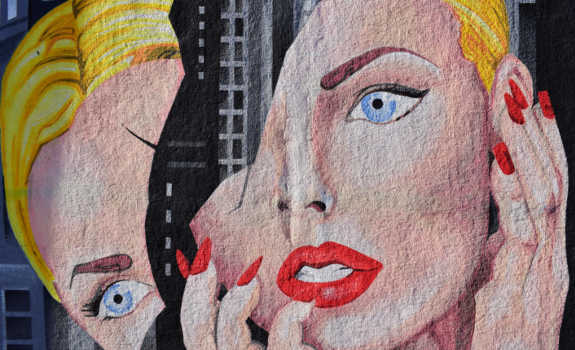Propaganda

The end of the surrealism movement came about with the beginning of World War II in Europe when artists were requisitioned to contribute to the war efforts by creating works of art that would motivate support for the war effort by creating "righteous anger".
Dada art
After World War I in 1918, many artists were disillusioned and angry. The Dada movement provided nihilistic, antirationalistic critiques of society with some artists mocking all formal artistic conventions. The pre-occupation with the bizarre and irrational included artists like Marcel Duchamp who submitted an old urinal to an art museum as a piece of work.
Surrealism
Surrealism reunited conscious and unconscious realms of experience so completely that the world of dream and fantasy would be joined to the everyday rational world in “an absolute reality, a surreality”. With bizarre paintings with dream-like qualities, Surrealism was the return to a calmer art movement seeking to dig deep into human consciousness providing a broad range of work from artists.